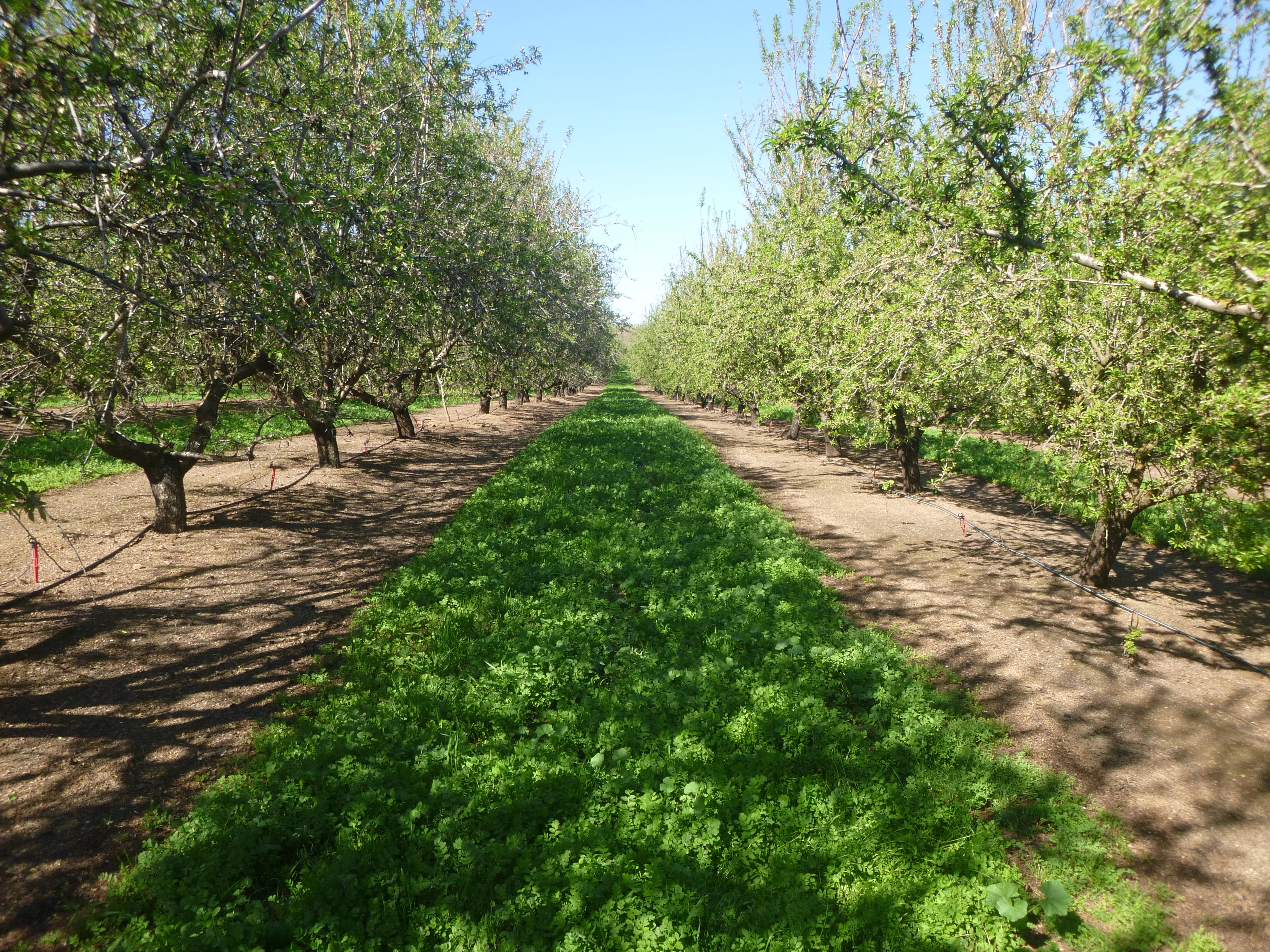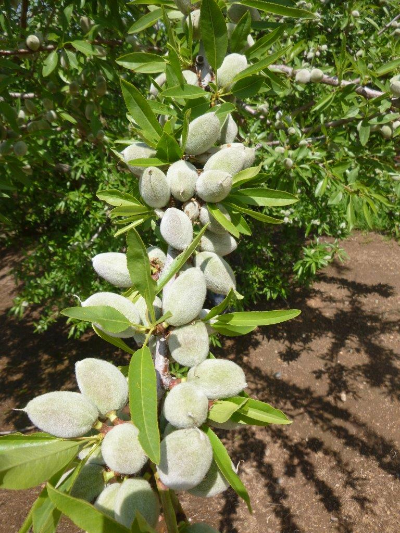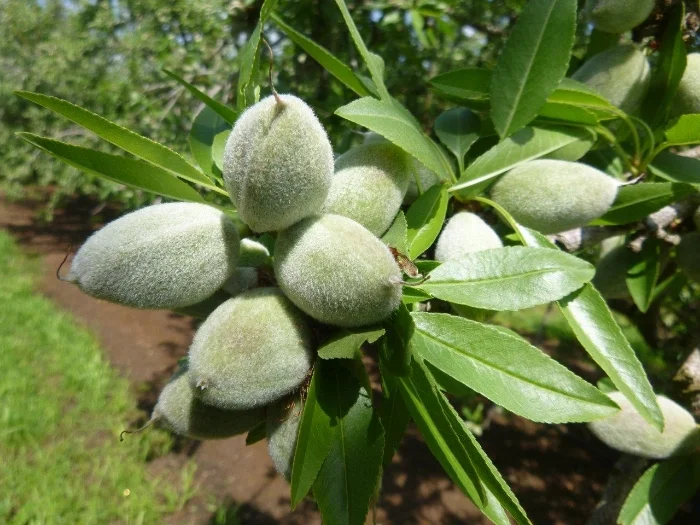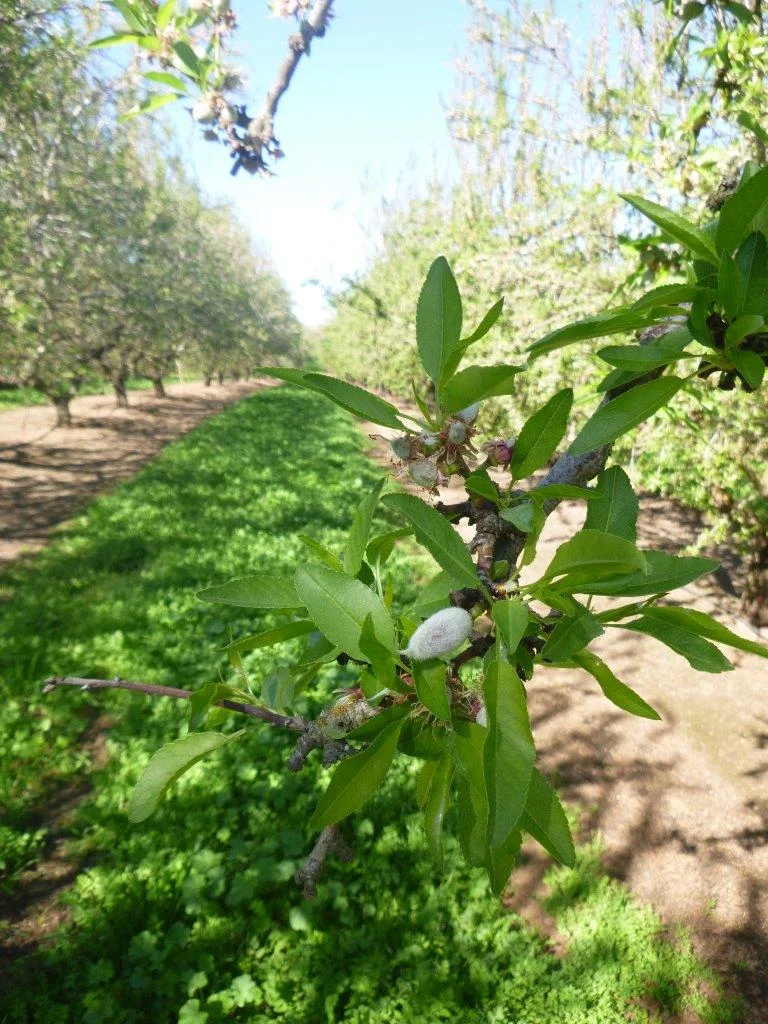Organic Almond Pricing:
As harvest got underway in August, prices hit the lowest levels in about 10 years. This came at a time of very low conventional pricing, though it’s not an entirely direct correlation. Conventional is currently trading at roughly half the value of organic.
In recent months organic pricing moved about 0.30/lb. off the bottom, with more improvement in pollinator variety pricing than the higher end varieties.
2020 ORGANIC ALMOND SUPPLY
CALIFORNIA SUPPLY: While we do not have as good of statistics for organic as conventional, we have some indicative data. According to USDA incoming data, organic receipts in California increased from 13.6 million lbs. in 2018/2019 crop year to 17.8 million lbs. in 2019/2020 crop year. So far 21.7 million lbs. are received for the 2020/2021 crop year, and if last year is an indication, there would still be a few million lbs. left to come in. Increasing organic acreage is likely responsible for at least half of the California supply growth this season.
The growth in California supply over the past 2 seasons has led to lower pricing and decreased imports out of Spain/Italy.
EUROPEAN SUPPLY / IMPORTS: In the spring, Spain was expecting a much larger 2020 organic crop, but the wet spring brought some disease (fungus) problems and reduced some of the potential. European growers also resist the current low levels more than California growers, also leading to reduced imports.
DEMAND
During the March/April 2020 COVID shutdown period, there was a temporary increase in demand for many shelf stable items, including organic almonds (not to the extent of toilet paper). After this brief period, several sectors of consumption suffered. Nut bar sales declined as fewer people were traveling, going to the office, etc. Bulk bins in supermarkets were mostly closed down due to sanitation concerns. Meanwhile, consumption improved in key areas including dairy alternatives (i.e. almond yogurt, almond milk) and almond butter. Total consumption remained healthy and the carry-out from 2019 crop into 2020 crop seemed to be the lowest in many years. Reduced imports contributed to the good demand for California origin in the transition period.
OUTLOOK
The estimated 1/3 growth in California supply this season is largely coming from higher value varieties (primarily Nonpareil). Meanwhile demand is very strong for lower-end varieties, causing the market firming seen. There has been the most interest from Europe for California origin in many years, likely resulting from the very attractive prices in California. There were some issues with organic integrity for some European lots last season, which could have also contributed to the decreased imports to the U.S., and increased interest out of Europe for US Origin.
There seems to be a supply/demand balance for the California organic almond market. The organic industry’s growth should continue and likely reach 1% of total US supply in the coming years.












